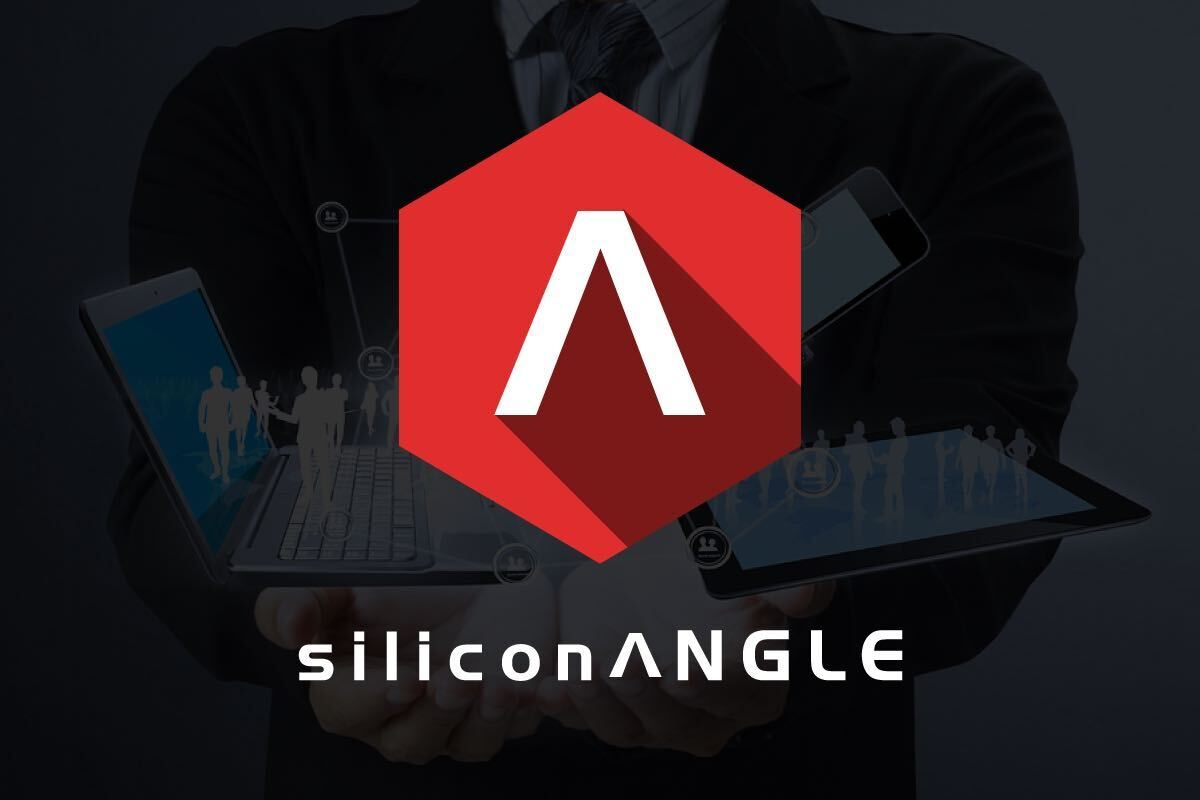


![]() It has always been easy to point and laugh at Android. Just give an Android smart phone user a handset from a different manufacturer and watch the fun.
It has always been easy to point and laugh at Android. Just give an Android smart phone user a handset from a different manufacturer and watch the fun.
Unlike Apple, which totally controls the iPhone user experience, Google allowed Android vendors to each go their own way. Android L, introduced last month and rolling out later this year, is supposed to change that.
Whether phone, tablet, wearable, fitness gear or Internet of Things device, Android L is supposed to have enough common user experiences that one device will be much like all the others.
The previous practice of allowing developers to created their own user interfaces may have made sense — check that — never made any sense because it made Android a platform with few if any usability standards.
Nothing really tied Android devices together, save the Google apps they shared. Having their own user interfaces — skins — allowed Android companies to own their user experience, but it also fragmented Android into a collection of warring camps that came and went over time. Remember when HTC and Motorola were big players? Nokia? Now it’s Samsung in the lead, but for how long?
Android used to be for phones and tablets, mostly, but the Internet of Things is likely to push Android to wearables, appliances and transportation vehicles. The good news is Google seems intent on not making the same user interface mistake going forward and Android L is its tool.
Of course, all is never perfect in Androidland and L may make things worse before they get better. First, it’s only an assumption that Android L will catch-on. A fair assumption, but defectors could ruin Google’s day, if there are enough of them. Over at ZDNet, where I lived for several years, Adrian Kingsley-Hughes points out that Android L is the gateway to “fragmentation hell” as migration from one Android release to the next seems best measured in geological epochs.
He writes:
Problem is, Android L will face the same problems that have faced earlier incarnations of Android, and that is that the migration rate will be glacially slow, and that the majority of existing Android users will need to buy new devices in order to benefit.
The writing is already on the wall. Android 4.4 — codenamed KitKat — was announced by Google in September of 2013, and made its way onto new devices before the year was out, but the usage share currently only stands at around 13 percent.
Compare this to the previous release, codenamed Jelly Bean. This release, which includes versions 4.1.x, 4.2.x and 4.3, power almost 60 percent of Android devices, making it the single most popular version.
The most popular version of Android is version 4.1.x, and this powers almost a third of all devices. This was first released in July 2012 — and the last update was released in October 2012 — and it shows just how slow Android updates trickle into the ecosystem.
Compare this to Apple, where an estimated 89 percent of iOS users are on version 7, which was only released last September.
While Apple users look forward to upgrading the operating system annual and hardware occasionally, the Android market seems to have its feet stuck in glue.
Having to purchase a new device to get Android L isn’t likely to impress the masses, further slowing adoption and giving vendors who have to support multiple Android releases big headaches and costs.
If enforcing a common look/feel/experience is to be Google’s good deed, it is also one that won’t go unpunished. Users and developers, of course, will absorb most of the pain, at least if they are current Android users.
THANK YOU